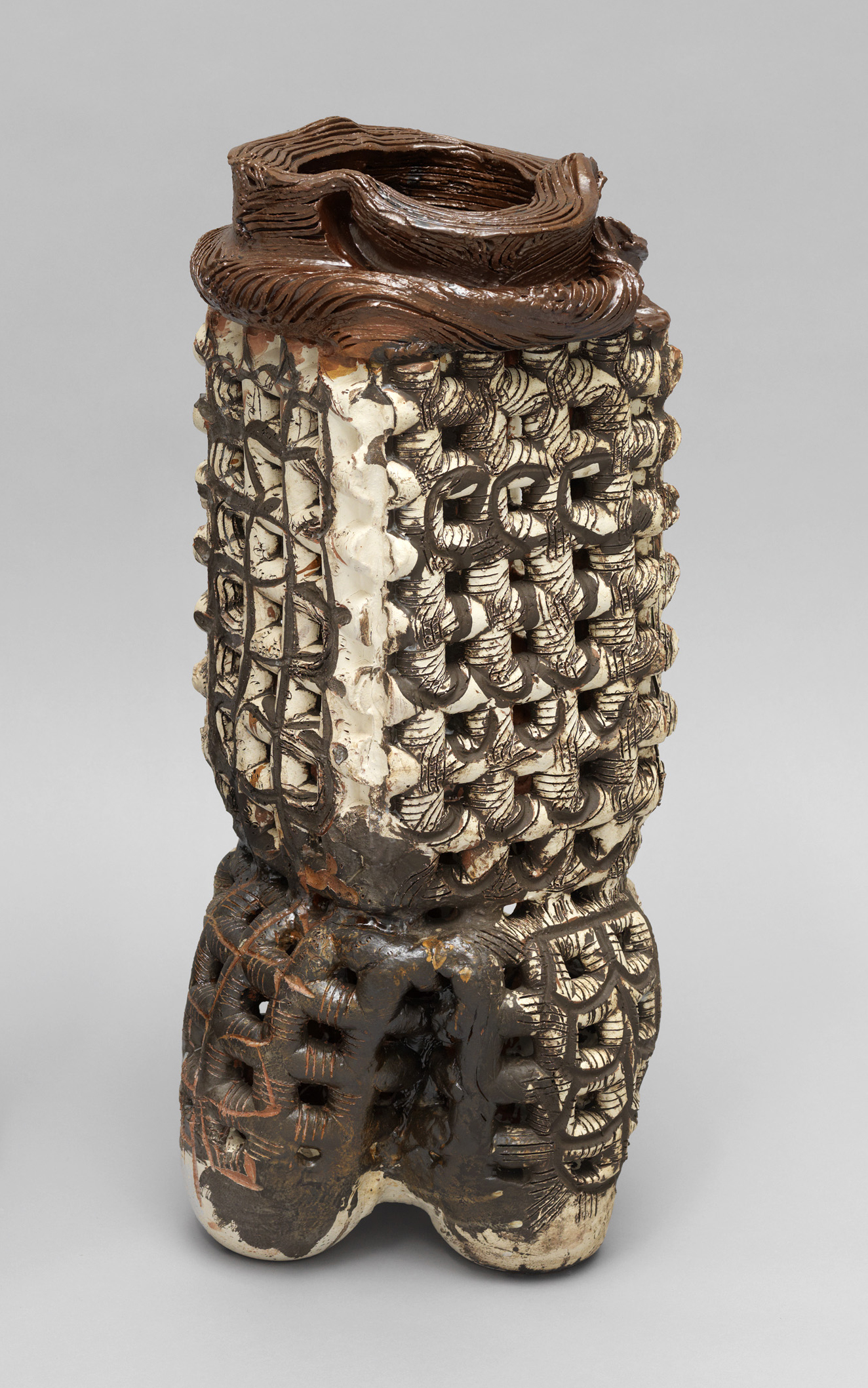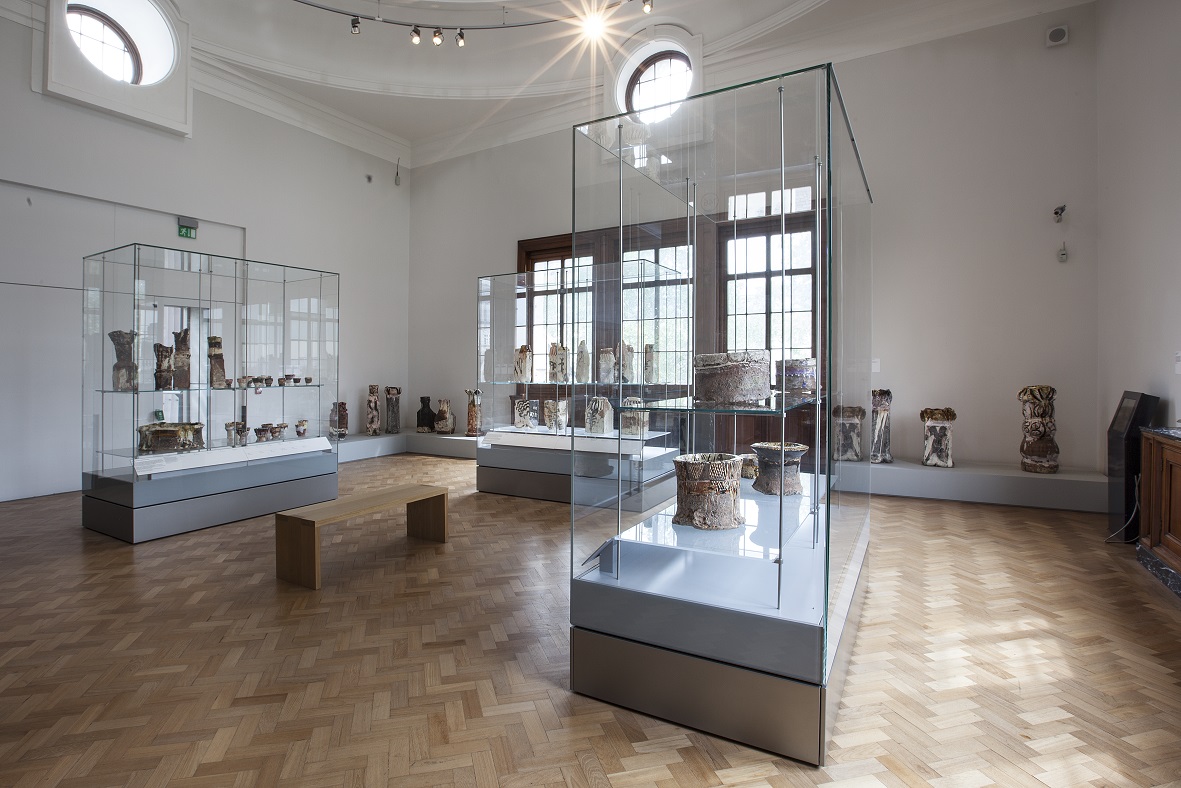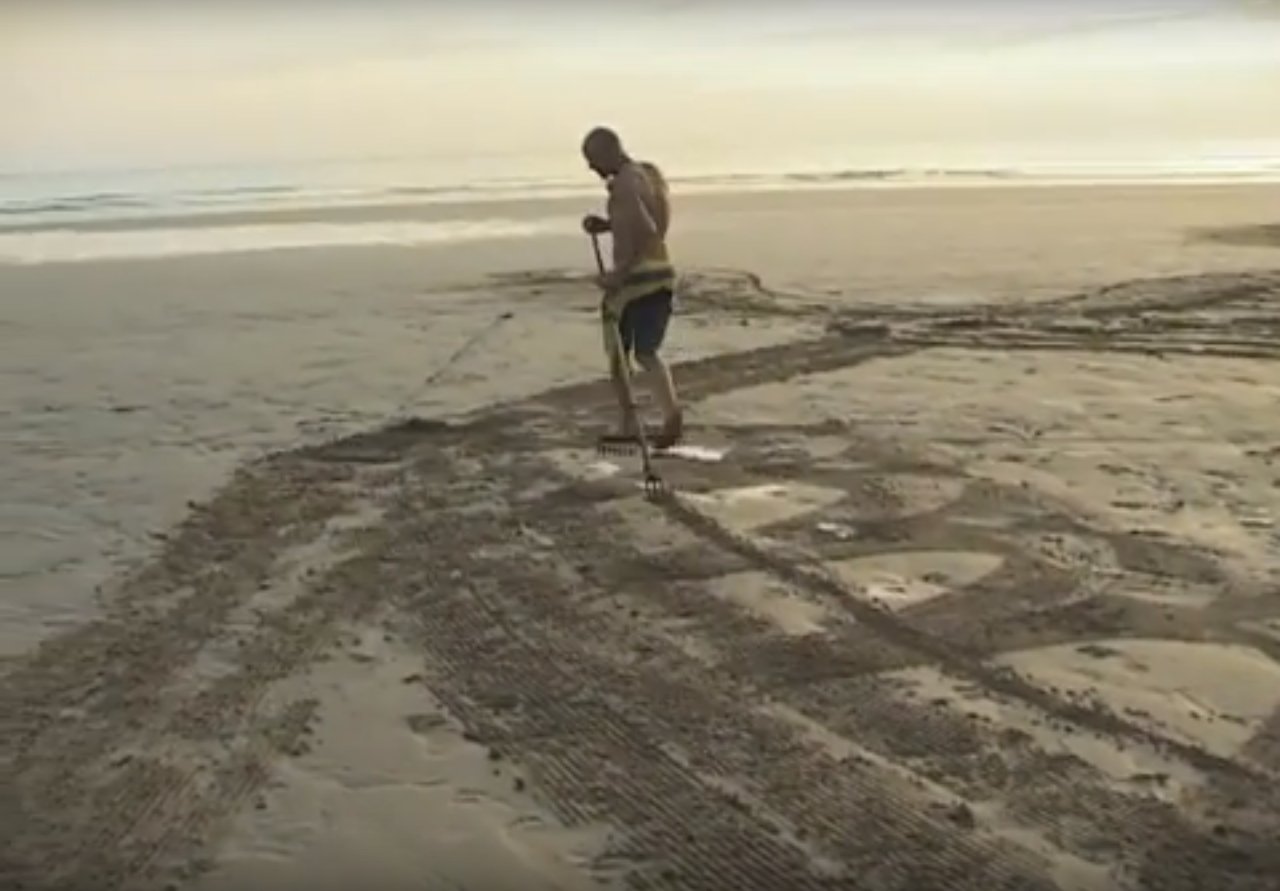Dear Adrian,
I’m not drawing anymore. There, I’ve said it. I didn’t become an artist like you always said I could. I write stories now instead. I have always wanted to write a story for you in fact, but no matter how many times I try, or think of trying, I never seem to strike the right note. I wanted to write one for Caz as well, but that too has alluded me. You’ll have heard the sad news about Caz. Seven years now since we lost him. His name was everywhere for a while back then: on TV, in newspapers, in the mouths of friends and strangers.
The thing I remember most fondly about your classes were those long talks you gave every Monday morning in the stable. All those glimmering words about art and the journey our work would take. I was sure every word you spoke was secretly directed towards me, no matter whom you happened to be looking at the time. It was uncanny how well you seemed to know me. Certainly, you often saw unexpected things in my work. One night, not much liking the black imitation leather folders everyone else had bought for their artwork, I decided to make one for myself. So I took several large sheets of thick white card from under my bed, a Stanley knife, and some gaffer tape, and set to work in my bedroom. It was difficult working in such a confined space; speed and precision were called for, but also a certain amount of brutality. When I’d finished getting the folder into shape, I began adding pastels, not bothering about recognisable images, but just wanting to fill in the messy white space I’d been left with. Again I worked fast, not stopping to think about what I was doing, wanting to get back to my real work.
You stayed in your office up in the hayloft… We called you by your first name. From the start you treated us as adults.
Do you remember how you singled out that folder the next morning? What had inspired the abstract images, you wanted to know? Was I deliberately echoing the shape of the handle in the way I’d cut the tape? I shrugged, hoping to give the impression of hidden depths, but your enthusiasm seemed to have nothing to do with me. It wasn’t the last time you got excited about a work one of us had thrown together without too much thought, almost as if you had to trick yourself into doing something when you weren’t looking. Yet when I tried to give you what you wanted I often failed, like those Japanese landscapes you wanted us to imitate. We didn’t understand some of your rules about our work either. Not only did you refuse to grade it, but apparently anything we produced under your tutelage belonged to you, no matter how much we complained.
One Friday afternoon you asked us to draw our shoes over the weekend. I approached this task as I did all other art homework, giving it priority over everything else. I drew seven pencil studies of my black trainers, setting them up on my desk in various attitudes. Once I had the basic outline, I scratched into the paper with an empty biro the patterns of the stitching before carefully shading over it, like a rubbing. The technique seemed a bit tricksy, but there was something about the drawings that felt like a step forward.
The studies went up on the whitewashed walls, along with several others pieces. However, a few months later, when they came down again to be replaced by new work, I didn’t get mine back. Secretly, I was proud. Who else had ever cared enough about my work to actually want to keep a piece? Yet it bothered me that my hard-earned drawings might be swept away at any moment, never to be seen again.

I never stopped looking forward to that walk across the playing fields to the stable. The fact that it was set apart from the rest of the sixth form, along with the amicable chaos of those two rooms, made us all feel we’d escaped somehow, lucked into a home for outsiders. You didn’t sit at the head of the class like other teachers either. Instead you stayed in your office up in the hayloft and left us to it much of the time, not minding if we chatted and laughed while we worked. You encouraged laughter and were a merciless mimic. You let us have the radio on too, our pop music doing battle with the classical music you listened to upstairs. We called you by your first name. From the start you treated us as adults, and inevitably the twelve of us grew closer, like a family.
Even so, the course was practically over by the time I noticed Simon Carroll’s work. Caz, as we knew him. I still remember the lump of admiration that painting of his brought to my throat when I first saw it propped up on his easel in the adjoining room. It was an oil painting of an anonymous drinker slumped over a grubby yellow Formica table, clutching an empty cider bottle. The model’s face was hidden from view, but he had a strikingly shaved head, and the burnt umber bottle he was holding was shoved into the foreground by a pale, sinewy arm. It was a posed composition of course, but still there was a rawness about this wretched figure that was impossible not to be moved by, right down to his dirty fingernails.
I’d avoided Caz a little up until then; a tall, barrel-shaped guy with short hair and sticky-out ears who wore neck scarves and lived on a housing estate not far from mine in Hereford. He was known as a bit of a drinker. A bit wild. Thrashed away on a bass guitar in a punk band, and didn’t care how bad he was. Suddenly even the bruised and overripe apples and pears he drew for a still life had a kind of grotesque beauty.
That year you returned to Wales where you had a new job at a teaching college, while most of us went on to the local art college to do the year’s foundation. Caz, having done poorly in his academic subjects, had to do the full two years. Yet he welcomed the extra time. I heard he spent a lot of the course alone in the ceramics room, learning how to throw pots. I didn’t much like the teaching at that college. One bully, who wore a leather jacket so new it creaked every time he moved, had a fondness for crushing his spent Panatelas on the floor while awaiting answers to his questions during his hateful crits. Bod, Paul and I spent a lot of time reminiscing about the stable, torn down that year to make way for a new road.
One morning the three of us got into Paul’s hand-painted pink Citroen and made the three hour drive to come and visit you. We didn’t ring first – the Fates would watch over us. Sure enough, when we arrived, there was your familiar yellow sports car in the car park. (We’d never asked, but guessed from that car that you didn’t have any children. But then why would you? We were your children). Your colleague told us to wait in the corridor outside your studio where we were confronted by all our disappeared artwork framed on the walls: Bod’s meticulous tinfoil drawings, my shoe studies, Caz’s passed-out drinker still shoving the bottle into our faces – they were all there. You’d taken us with you.
Later, in your office, we told you of our unhappiness with the new course, how much we missed working with you. Mostly, though, we just listened to what you had to say about art. We left that day with renewed faith, having recorded the whole three-hour conversation, knowing we had something special. Every important question that ever needed answering – it was all there on tape. Nothing could go wrong as long as we continued to take notice of those words.
I was suddenly embarrassed. I even resented you a little for having instilled in me such high-flown ideals.
Then came my wilderness years. Everyone should have three in their lifetime, someone once said, although artists always seem to get more than their fair share. Six years later, a period which included me leaving two art colleges, I returned to England and was going through my things when I found the tapes we’d made on that visit to Wales. Listening to them again, I was suddenly embarrassed. How naive I was. Having all that wisdom laid out in front of me hadn’t helped either. I even resented you a little for having instilled in me such high-flown ideals. For having been so reckless with your praise. I threw the cassettes in the bin, pulling out the ribbons to guard against any lapses. Destroyed my old artwork. I was tired of feeling I was betraying you. Besides, ‘talent has a shelf life,’ as Margaret Atwood said.
Still, erasing the past is not so easily done, and it didn’t stop me thinking about the things you’d said, and continuing to measure myself against them.
I bumped into Caz in The Barrels around this time. He asked me if I was still drawing, and told me it was alright when I said I wasn’t. He was very self-effacing about the first he’d got at uni. I assumed, like me, he was in the pub to drink, but at some point he pulled from his bag some ceramic beer tap handles he’d made, and gave them to the landlord; these beautifully made, bold, quirky objects that already looked as if they could have come from no one else. A few years later, I saw some of his pots for the first time, on display in Gaffers Cafe; big, exaggerated irregular vessels, covered in haphazard almost childlike layers of slipware and glaze and mark making. They were so unlike my decorous, conditioned idea of what a pot should look like, so verging on the ridiculous, they made me laugh.
In his introduction to the exhibition, I remember he wrote about ‘going back to making things,’ and I’m still struck by the modesty and poignancy of that phrase.
I didn’t hear from him again for another fourteen years. Then in 2005 I saw Bod again. Straight away she asked me the question I dreaded, and I had to tell what I’d done to the tapes, and watch her face fall. Not long afterwards she invited me to her wedding. Paul and Jane were there from the old class. Caz arrived towards the end too, in a white transit van, his sole companion a Jack Russell called Murphy. We’d all changed of course, but none of us quite as much as Caz. Not only had he lost his hair, but he was now a lean and healthy looking forty-one-year-old who swam most days. Impossible to imagine he’d be gone four and a half years later. He was still busy making things, and particularly excited by some beach drawings he had been doing up and down the Cornish coast. These drawings, mostly improvised vase designs scratched into the sand with a garden rake and broom, were as big as football pitches so that they could be seen from the cliff-tops. He had to work fast; often he was running to beat the tide.
I asked him if that didn’t frustrate him, putting all that work into something only to see it washed away so soon?
‘No, that’s one of the things I like most about the process,’ he said.
I was impressed by the ease with which he let go of his creations and was content to let the beach return to ‘its normal beauty’ with nothing more than a few photos to preserve them. Still, he had not been without his inner demons – how prescient and unflinching that old painting of his turned out to be. But he wasn’t drinking anymore. Four and a half years before, he told me, when everybody else had given up on him, a priest had stayed up with him the whole night and listened to him while he talked and drank. He was not a religious man, but by the morning something had happened. He had his own workshop now in a disused airfield near Padstow, and had just won an Arts Foundation Prize, enough to keep him going for a few years. Now everyday he did what he wanted to. He had so much to do, he said. He’d only just started.
But you must know all this because he had been to see you that summer for the first time in twenty-five years. Head of Department now, but still finding time for your own work. You let him take one of your classes. Remarkably, our work was still up on the walls too, he told us. I thought of those boyhood shoes of mine. All the miles I had walked since then, all the identities outworn.

Caz didn’t stay long at the party. Despite appearances, he was mentally quite fragile. As we walked him back to his van, I couldn’t help holding his elbow for a few seconds, not wanting to let this gentle giant go. I felt none of the old fear or envy. Out of all of us he had been the one to keep going, regardless of the cost to himself. There were exhibitions of his pots and jugs and paintings in Tate St Ives and the V&A during the last few years of his life, and he exhibited and demonstrated in Australia, New Zealand, Hong Kong, and the US. Rolf Harris went to see him making his beach drawings. I’m sure you’ve seen the brief record of that encounter on YouTube, and it’s obvious how proud Caz is to be visited by one of his childhood heroes. I’m glad he wasn’t around to see his fall from grace.
I don’t know why it’s taken me so long to say all this. Of course, the truth is I didn’t know him very well. I don’t even claim to like all his work – the sheer looseness of it can still bother my sense of order – but his methods had a way of accommodating the unintentional and unforeseen, the cracks and imperfections of the creative process, I’m always grateful to behold. As if he is saying it’s okay to let yourself off the hook. Accept art’s residue. I see now how all along that’s what you were doing in fact, giving us permission to explore, a licence to free ourselves up, knowing how difficult this can be to come by in grown up life. You also understood that something more is needed than just permission. You need a philosophy.
That day we came to see you we wasted no time in telling you what a massive influence you’d had on us in those two years. You shrugged off the compliment. You had just wanted to make a relaxed place for us in which to work, you said, knowing that if we enjoyed going there we would stand a better chance of producing good work. You talked of the importance of letting go of old work, of knowing when to leave things behind, of not becoming bogged down by too much thinking. There were schools of thought, for example, that argued you didn’t have to do any work at all, that it was better not to clutter up the world with yet more objects. Philosophers who said they could solve the problems of the world without ever leaving their beds.
‘You see,’ you said, looking directly at me, ‘it’s the difference between, “Oh yeah, I know that bloke, Mark. Nice chap.” and “Oh yeah, I know that bloke, Mark. Nice chap. And did you see that piece of work he did? It really made me think.”’
Best wishes,
Mark
Image credits (from top):
1. Simon Carroll, large-scale sand drawing, Bedruthan Steps, Cornwall, via YouTube
2. Simon Carroll, Untitled, 2007, slip-painted earthenware, glazed, via Corvi-Mora
3. Simon Carroll: Expressionist Potter, 2014, Victoria & Albert Museum, London, installation view, via Corvi-Mora

